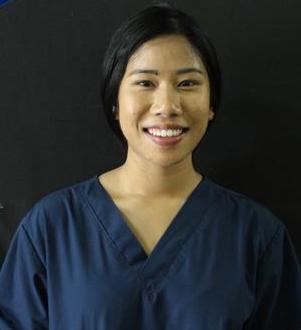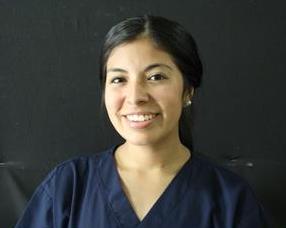Long-Term, Personalized Support
Unlike most CNA programs, Goodwill SOLAC supports students during training and for at least five years after they graduate. A dedicated staff member provides comprehensive technical and emotional support. As Jailene reflected, “I was ahead of the game in knowing what to do because of Goodwill. It’s the whole picture—they help you with your education and your emotions.” Graduates can also join an alumni association.
Structured Opportunities for Advancement
Goodwill SOLAC graduates receive advising about possible vocational ladders from CNA jobs to family-supporting careers. Students earn up to 25 credits that apply toward high school graduation and toward LVN and RN programs at local colleges. This allows students to complete key college coursework, saving time and money. Goodwill SOLAC is also launching an LVN program to create an even smoother transition toward new opportunities.
Community Investment
To achieve its mission of propelling young people to economic self-sufficiency, Goodwill SOLAC’s CNA training program must be free for students, all of whom have very little to no income. The organization has adopted creative funding strategies, from using revenue from its retail stores and donations from the community to seeking out grants. It also takes advantage of a strong partnership with Long Beach Unified School District.
To be sustainable, Goodwill SOLAC cannot rely solely on current partnerships and grants to offset costs. The program costs more than $5,000 per trainee, and to invest in students’ success, it will have to rely on employers providing support in the form of funding and access to equipment and on-the-job experience. Investments like those can pay off for employers by building a talent pipeline that can lead to savings on recruitment and training costs. In one initiative, a health facility reported that it reduced first-year turnover and saved more than $3.2 million.
Goodwill SOLAC shows that a rigorous, thoughtful, and supportive CNA program can be a first step toward a family-supporting career in health care. JFF urges organizations, especially employers, to support programs that pair training with career guidance and support in fields like health care, where the demand for a skilled workforce is higher than the supply. This approach works for employers and for people from under-resourced communities who need jobs that can grow into well-paying careers.






